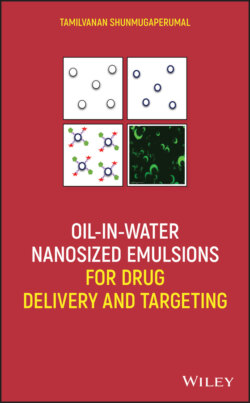Читать книгу Oil-in-Water Nanosized Emulsions for Drug Delivery and Targeting - Tamilvanan Shunmugaperumal - Страница 51
2.6. CONCLUSION
ОглавлениеWhile narrating the importance of selecting the components of emulsion like oil, emulsifying agents, tonicity‐adjusting agent, etc., the emulsion formulator should also consider the application of Design Expert® software to optimize a formula for making the final emulsion. The non‐exhaustive and selected list of excipients used to make emulsions suitable for regulatory approval is briefly discussed in this chapter in conjunction with a case study of how to optimize a formula by applying the ICH Q8(R2), Q9, and Q10 guidelines. The QbD approach using the Design Expert® software could also further be substantiated via artificial intelligence (AI) and machine learning (ML) as proposed recently by Ghate et al. (2019). The AI and ML approach applied on the optimization and selection of emulsion formula is considered to reduce the amount of excipients, formulation preparation time, and thus the possible toxicity reduction due to high excipient concentration. Hence, the AI and ML approach is one of the welcome additions in the emulsion‐making technology to get cleared rapidly the regulatory hurdles.
Figure 2.7. Derived plots obtained from 3D‐response surface model: residual versus predicted plot (a, c, e), actual versus predicted plot (b, d, f), and overlay plot (g).
